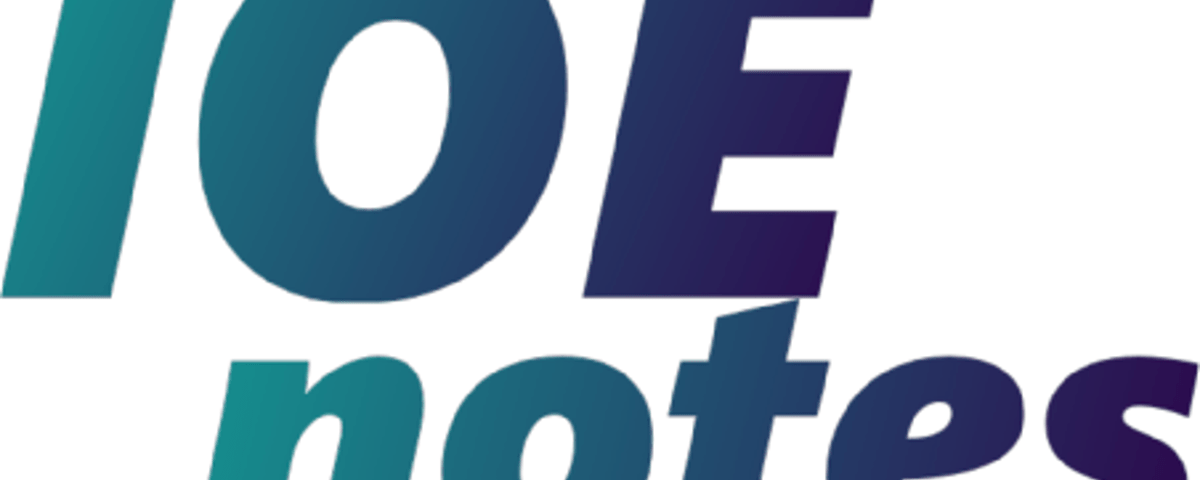- Basic Circuits Concepts
1.1 Passive components: Resistance, Inductance, Capacitance: series, parallel combinations, Kirchoff’s law: voltage, current, linearity
1.2 Signal sources: voltage and current sources, nonideal sources, representation under assumption of linearity, controlled sources, VCVS, CCVS, VCCS, CCCS, concept of gain, transconductance, transimpedance.
1.3 Superposition theorem, Thevenin’s theorem, Norton’s theorem
1.4 Introduction to filte
2. Diodes
2.1 Semiconductor diode characteristics
2.2 Modeling the semiconductor diode
2.3 Diode circuits: clipper, clamper circuits
2.4 Zener diode, LED, Photodiode, varacters diode, Tunnel diodes
2.5 DC power supply, rectifier-half wavee (center tapped, bridge), zener regulated power supply
3.Transistor
3.1 BJT configuration and biasing, small and large signal model
3.2 T and U model
3.3 Concept of differential amplifier using BJT
3.4 BJT switch and logic circuits
3.5 Construction and working principle of MOSFET and CMOS
3.6 MOSFET as logic circuits
4.The Operational Amplifier and Oscillator
4.1 Basic model: virtual ground concept, inverting amplifier, non-inverting amplifier, integrator, differentiator, summing amplifier and their applications.
4.2 Basic feedback theory, positive and negative feedback, concept of stability, oscillator
4.3 Waveform generator using op-amp for Square wave, Triangular wave Wien bridge oscillator for sinusoidal waveform
5.Communication System
5.1 Introduction
5.2 Wired and wireless communication system
5.3 EMW and propagation, antenna, broadcasting and communication
5.4 Internet / intranet
5.5 Optical fiber
6.Digital Electronics
6.1 Number system: Binary arithmetic
6.2 Logic gates: OR, NOT, AND, NAND, XOR, XNOR gate, Truth tables
6.3 Multiplexer, Demux, Encoder, Decoder
6.4 Logic function representation
6.5 Combinational circuits: SOP, POS form, K-map
6.6 Latch, flip-flop, S-R flip-flop, JK master slave flip-flop, D-flip-flop
6.7 Sequential circuits, Generic block diagram, sift registers, counters
7.Application of Electronic System
7.1 Instrumentation system: Transducer, strain gauge, DMM, Oscilloscope
7.2 Regulated power supply
7.3 Remote control, character display, clock, counter, measurements, date logging, audio video system
References
1. Thomas L. Floyd, “Electronic Devices” 8th Edition, Pearson Education, Inc.
2. A.S. Sedra and K.C. Smith, “Microelectronic Circuits”, 6th Edition, Oxford
University Press.
3. Robert Boylestad and Louis Nashelsky, “Electronic Devices and Circuit Theory”
PHI; 4th Edition.1987
4. Digital Electronics by Floyd.
Evaluation Scheme:
There will be questions covering all the chapters in the syllabus. The evaluation
scheme for the questions will be indicated in the table below:
Chapter Hours Mark distribution *
Circuits Concepts 8 14
Two-terminal Nonlinear Devices 8 14
Bipolar Junction Transistor,
a Three-Terminal Nonlinear Device
8 14
Operational Amplifier 6 14
Introduction to Communication System 4 5
Digital Electronics 8 14
Example of Instrumentation System 3 5
Total 45 80
* There may be minor deviation in marks distribution.



1 Comment
Note chaahi chhaina?